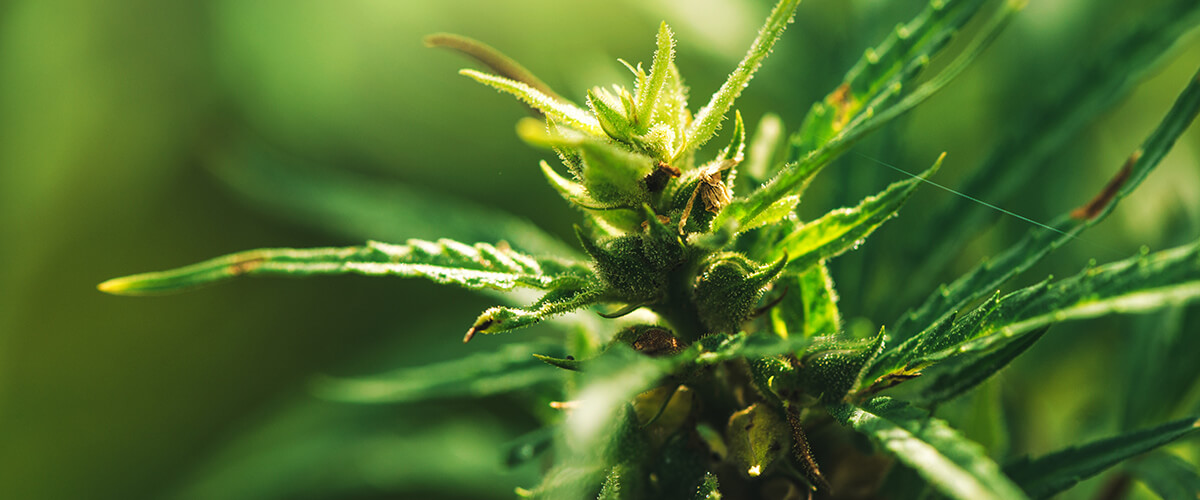Marijuana use was found to be associated with decreased pain intensity and greater functionality.
Orthopaedic surgery patients who use recreational marijuana experience less pain and greater physical function than non-using patients, according to a new study published in International Orthopaedics.
Researchers from the University of Maryland School of Medicine and SUNY Downstate Medical Center in Brooklyn assessed the effects of recreational marijuana use on patients undergoing outpatient orthopaedic surgery.
Orthopaedic surgery, also commonly referred to as orthopedics, is the line of surgery treatments related to conditions involving the musculoskeletal system, including disorders of the bones, joints, ligaments, tendons, muscles, and nerves.
The researchers specifically looked at the impact of recreational marijuana use on pain, function, and general health status. While expecting to show the opposite, they found marijuana use to be associated with significantly greater function and decreased pain intensity at the site of operation.
“The results do not support our hypothesis, as marijuana use was associated with less pain and better lower extremity activity rating scale scores when compared to non-users,” the study concluded.

Study Methods
In the study, 937 patients undergoing outpatient orthopaedic surgery were asked to fill out patient-reported outcome (PRO) tools, a set of person-centered measures that evaluates and monitors physical and mental health. Patients were also asked about marijuana use habits.
Forty of the patients (4.2 percent) reported using adult use marijuana.
The patients who used marijuana scored significantly higher on the Marx lower extremity activity rating scale, indicating a greater level of functioning prior to surgery. The results showed that marijuana users had an average activity rating of 8.5 points compared to non-users at 6.1 points.
Those who used marijuana also experienced significantly less pain at their respective surgical sites. Marijuana users had a pain intensity score of 3.7 points, compared to 5.0 for non-users. A multivariable analysis confirmed that marijuana use was an independent factor associated with having less pain.
The study also found marijuana use to be associated with:
- Younger age: The average age of marijuana users was 33 years, while the average age of non-users was 43 years.
- Fewer operations: Patients who use marijuana were found to have an average of 1.8 surgical operations, compared to an average of 3.2 operations for non-users.
- Being unmarried: Sixty-eight percent of patients who use marijuana were single, compared to 38 percent of non-users.
- A history of cigarette use: Sixty-three percent of marijuana-using patients had used cigarettes in the past, while 31 percent of non-users acknowledged the same.
You can access the full text of the new study, “Orthopaedic surgery patients who use recreational marijuana have less pre-operative pain,” through SpringerLink.

Marijuana for Pain
Cannabis’ efficacy for treating pain has been well documented. Researchers have found cannabis and its compounds to effectively reduce pain associated with a wide array of conditions.
With early evidence suggesting marijuana could serve as a safer alternative to prescription drugs for pain management, researchers at UCLA are currently preparing an in-depth study on cannabis’ ability to replace opioids.
You can learn even more about what researchers have discovered about the therapeutic potential of cannabis for pain and other conditions through our research and education page.
Keep up with the latest cannabis studies as they’re published through our news page.






